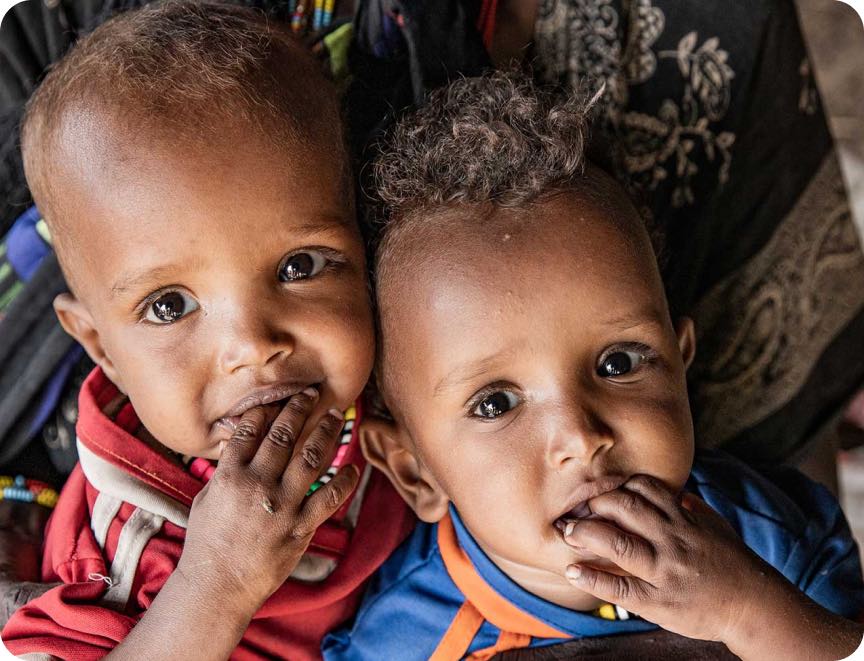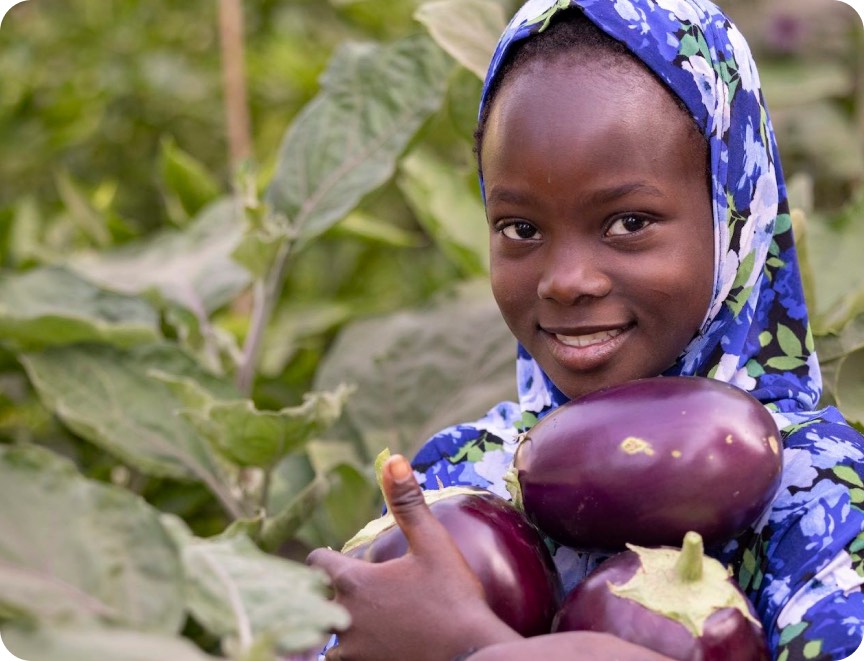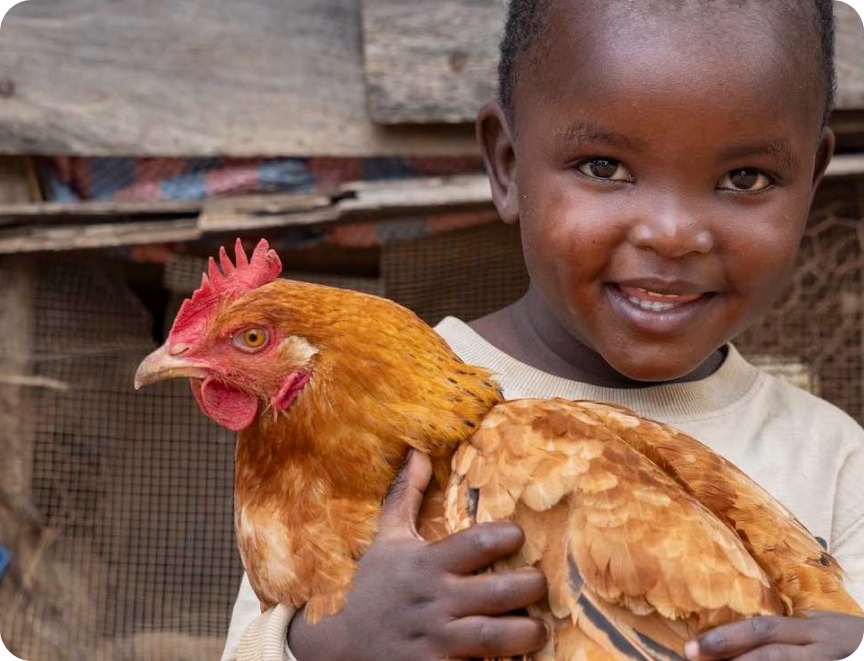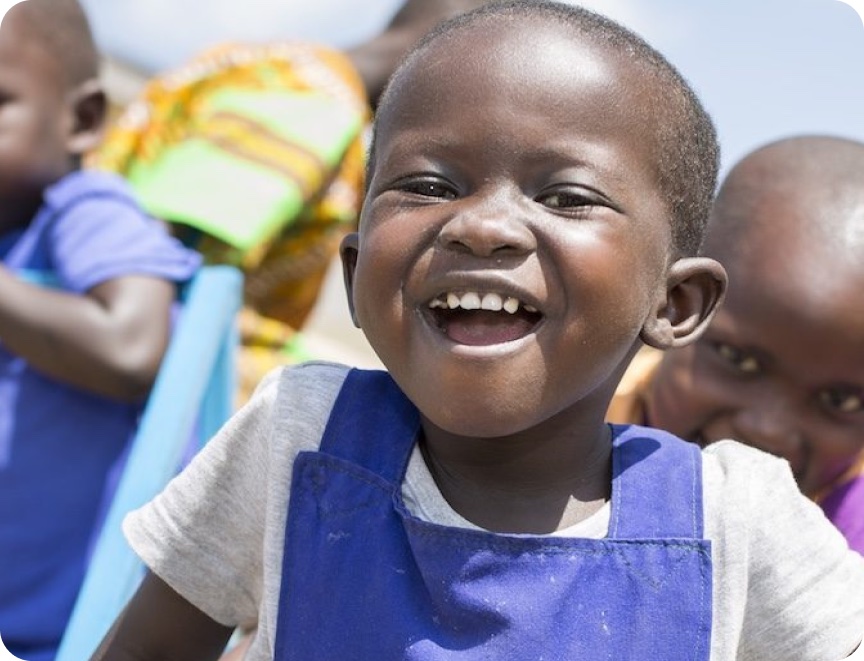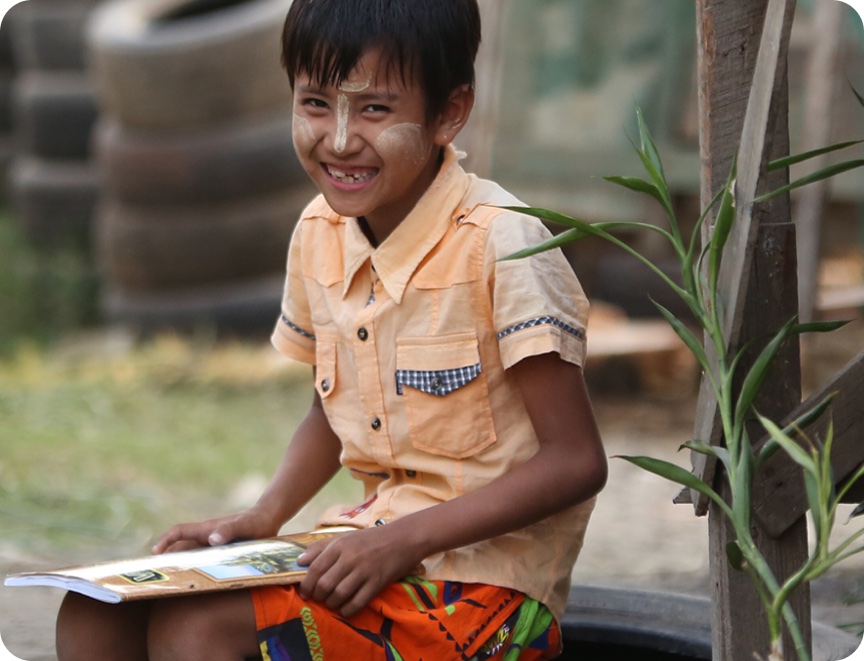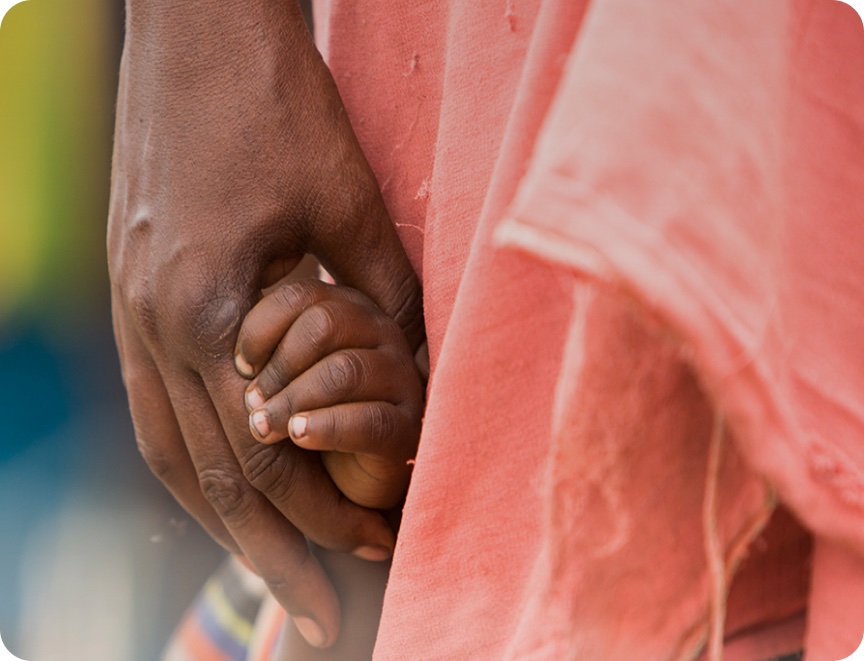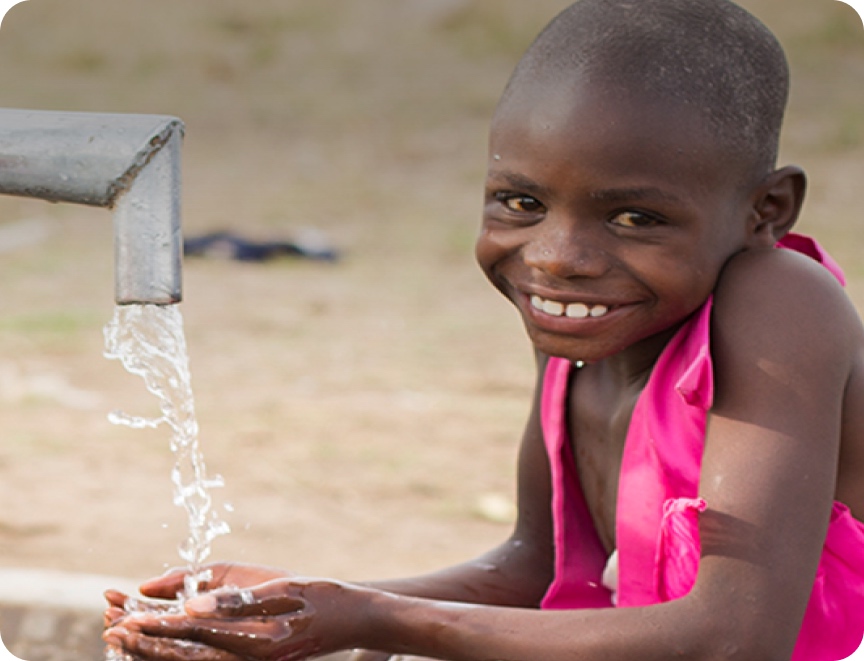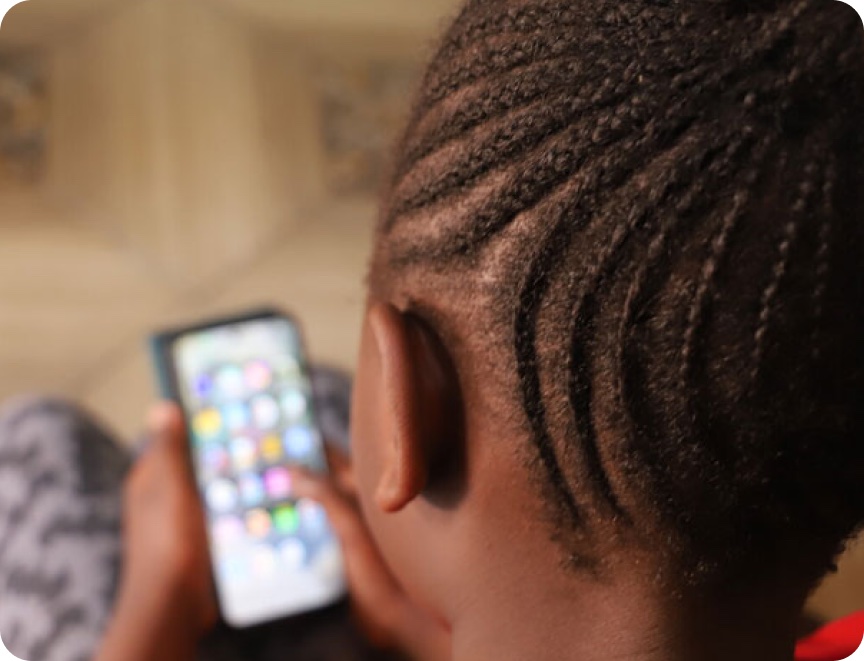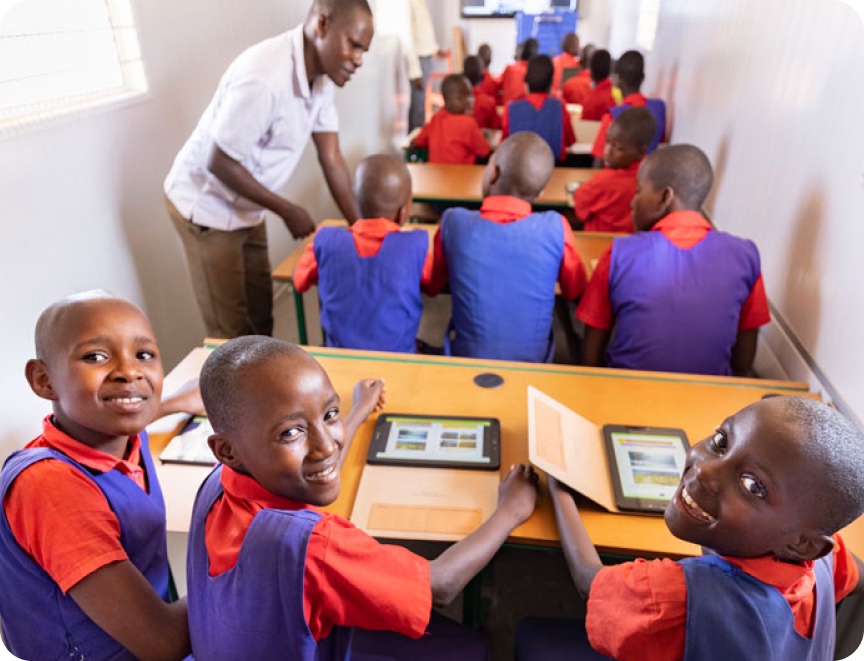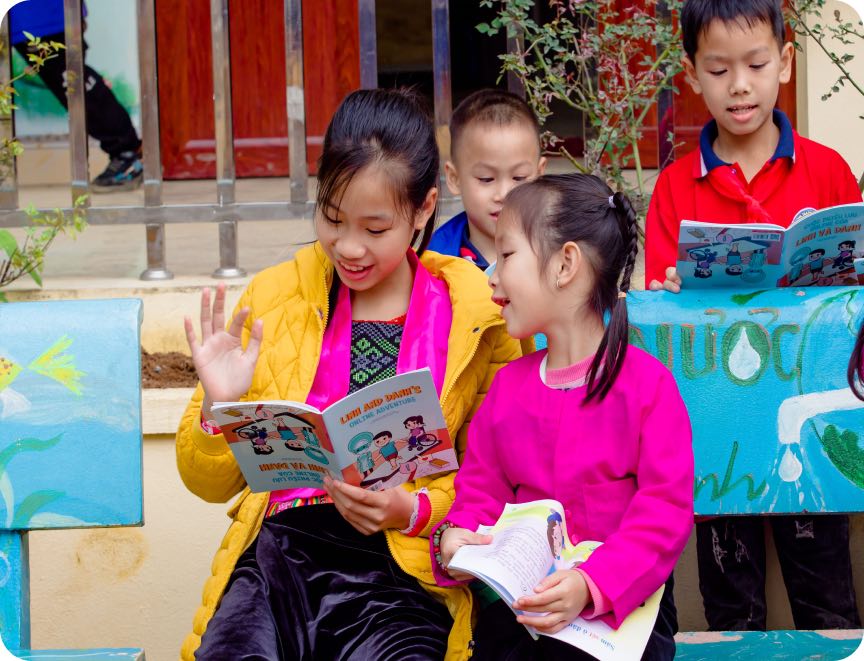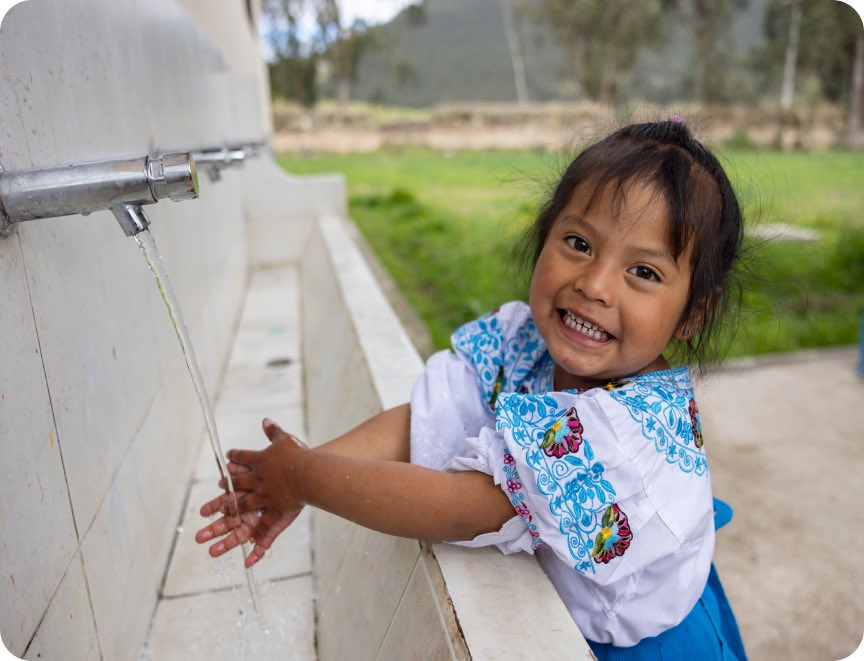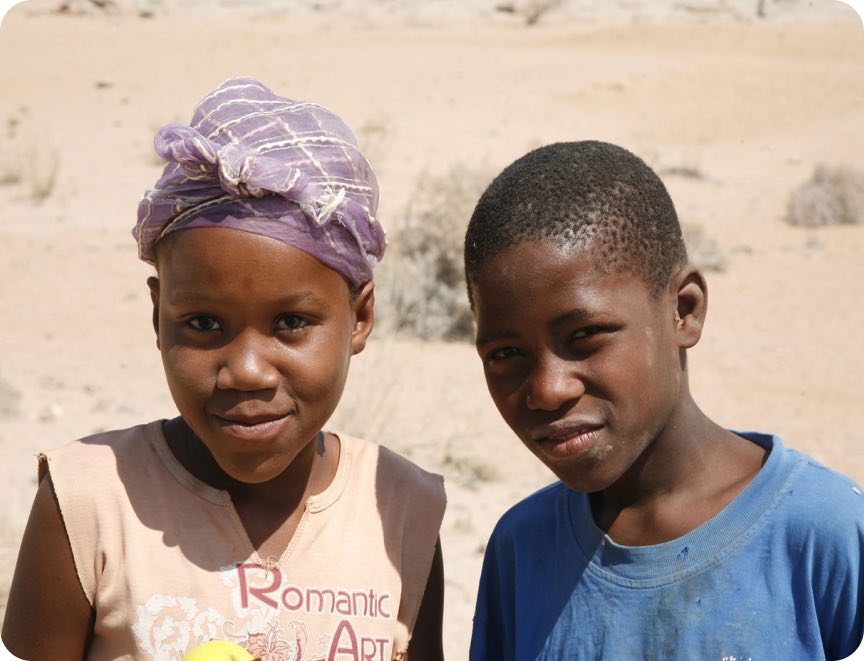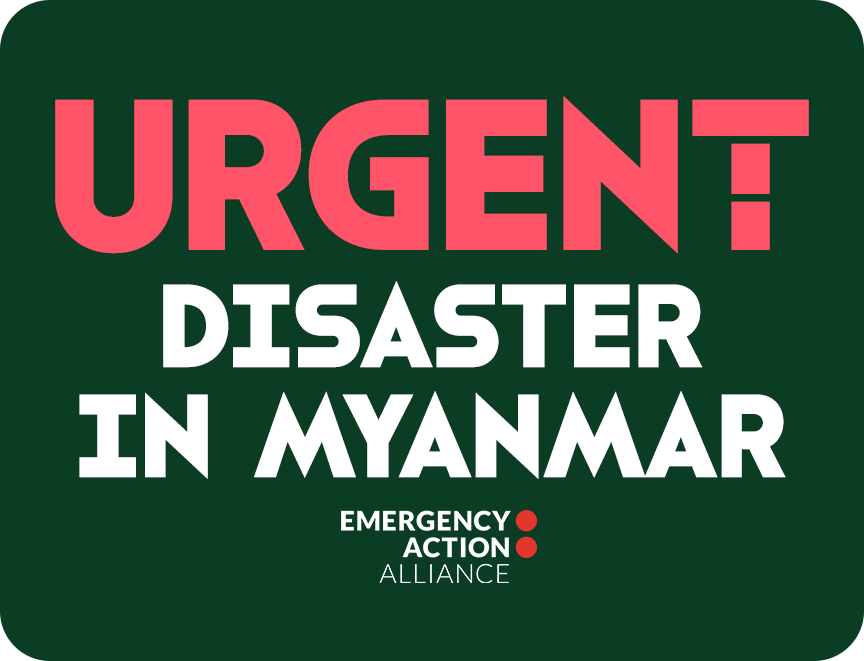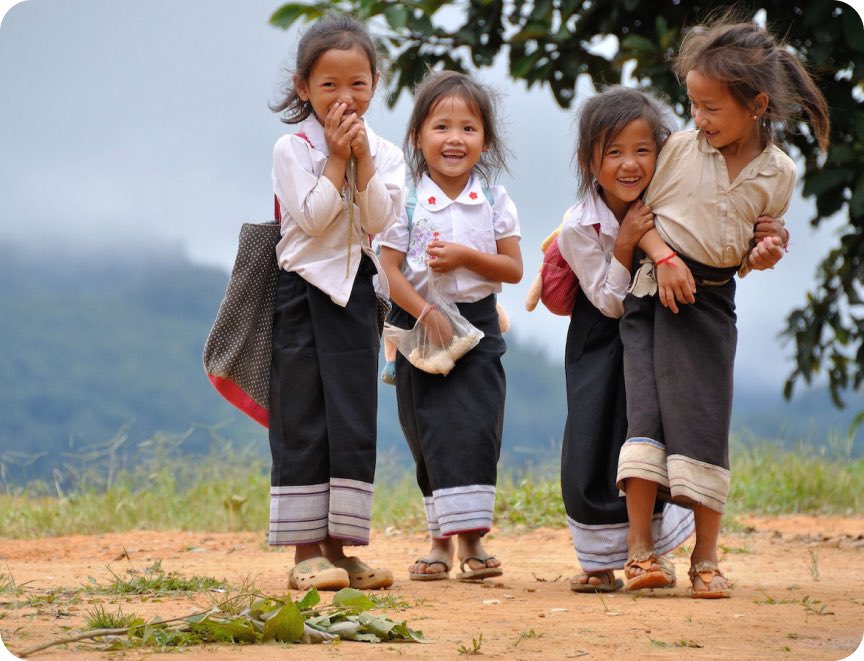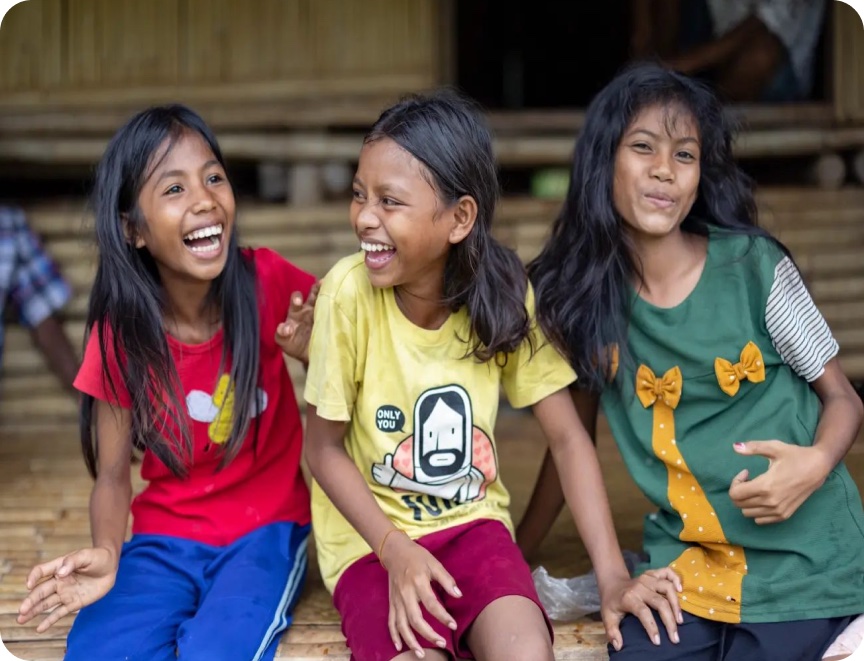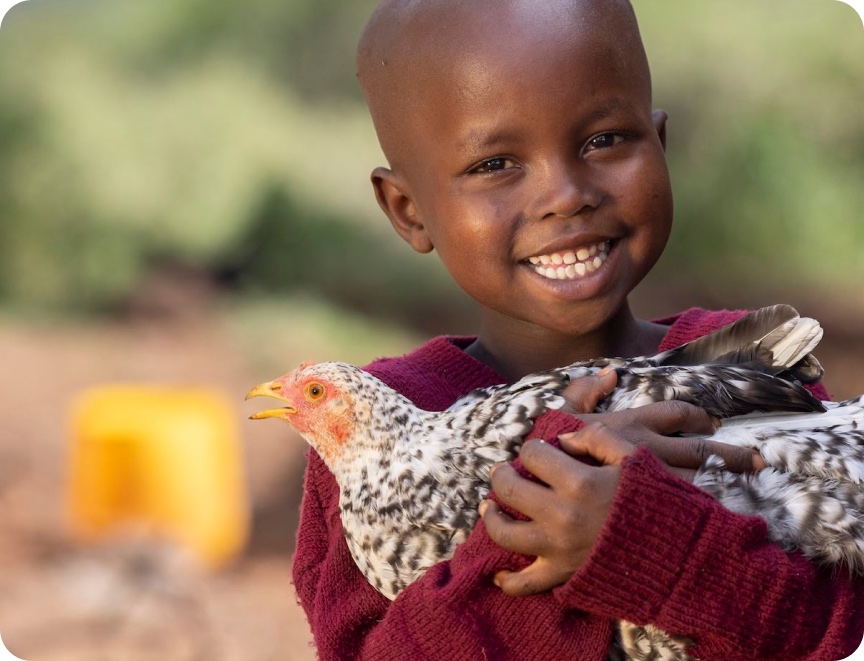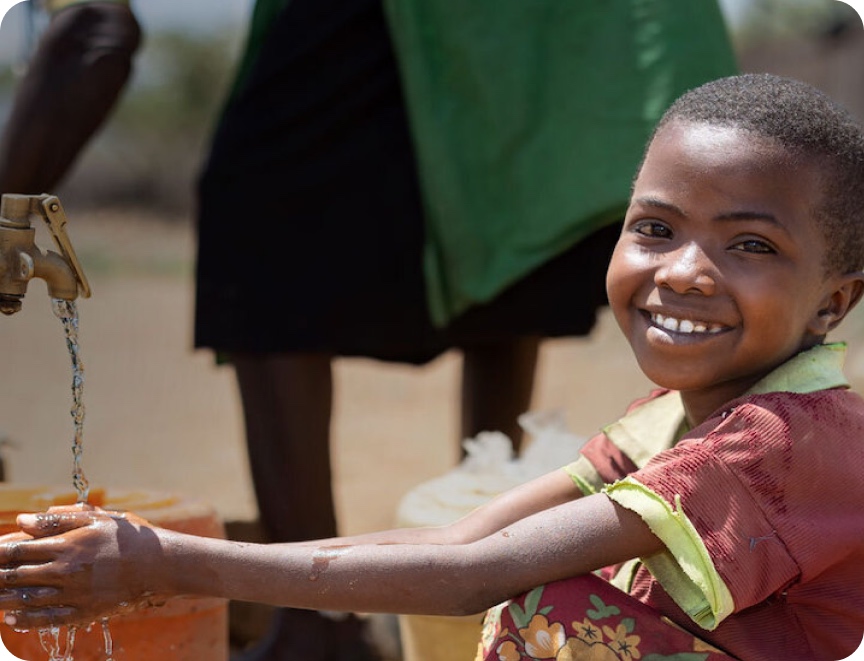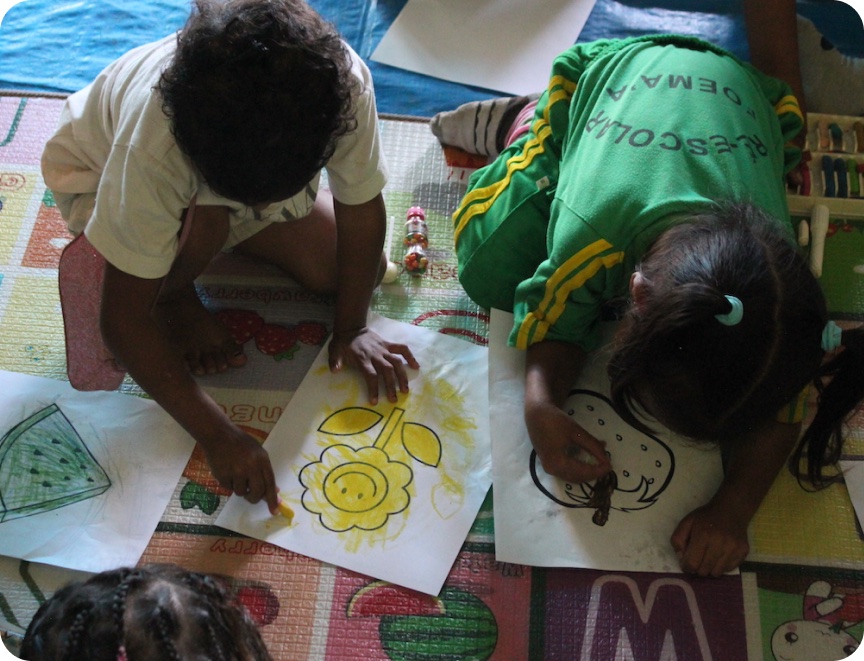Violence against children occurs in all countries and affects children of all nationalities, cultures, religions and socio-economic groups. It is pervasive, taking place in homes, schools, neighbourhoods, workplaces and online. It is perpetrated by family members, older children, strangers, adults in positions of authority, businesses and governments. While children in the poorest groups are generally at greatest risk, no child is immune.
Of course not every child experiences violence and most families are able to provide safe environments, but the prevalence and far-reaching impacts caused by the mistreatment and exploitation of children are staggering.
UNICEF estimates that around 60 per cent of children aged 2-14 years are subject to regular physical punishment by their caregivers. Approximately one in every ten girls, aged under 20, are subject to sexual violence at some point in their lives. An estimated 115 million children are involved in some form of dangerous child labour, while one-fifth of all homicide victims are children.
So it is an extremely welcome and important milestone for the issue finally to make it onto the global agenda. The Global Goals for Sustainable Development (SDGs) being launched today by world leaders in New York will replace the Millennium Development Goals as the global blueprint for humanitarian policy and action. The SDGs include the most significant commitments yet made by world leaders toward ending the abuse, exploitation, trafficking and all forms of violence against children.
Reducing risk and strengthening safe, nurturing environments for children were cornerstones of the ChildFund Alliance’s Free from Violence advocacy campaign. Our experience working in many of the world’s poorest communities with highly vulnerable children, has made clear that reducing violence is not only imperative to alleviate children’s suffering but also key to ending extreme child poverty.
It is not possible to end child poverty if violence persists. Children who are subject to abuse or neglect are more likely to under achieve at school, or drop out and miss out on an education entirely. Neglect in early childhood can lead to increased risk of poor health, developmental delays and learning difficulties.
Families in conflict zones, threatened by civil unrest or forcibly displaced are often unable to provide the basic necessities to give their children a life free from poverty. Children regularly exposed to violence are at greater risk of homelessness, mental illness and to becoming perpetrators and victims of crime. Once reaching adulthood, a failure to develop necessary life skills, particularly parenting abilities, can mean that the cycle of violence continues for another generation.
Not only does violence perpetuate poverty, but poverty can be a trigger for violence, and can create the conditions for child exploitation to flourish. Children living in communities where family incomes are low and livelihood opportunities are few, where housing is inadequate, and there is limited access to basic services, are more likely to experience violence. Conditions of chronic deprivation and inequality provide incentives for children to engage in harmful child labour, to migrate for work or render children vulnerable to trafficking.
Ending child poverty and ending violence against children must go together. Both must be addressed if either is to be achieved. While the MDGs centred on reducing child poverty, the SDGs, importantly, commit to poverty reduction and ending violence. Specifically the SDGs establish targets to:
- create safe, non-violent, inclusive learning environments;
- eliminate harmful traditional practices, such as early and forced marriage;
- eradicate the worst forms of child labour;
- provide universal access to safe green and public spaces,
- achieve universal birth registration so children are legally recognised,
- end the abuse, exploitation, trafficking and all forms of violence against children.
If any further reason is needed, it also makes good economic sense to stop violence against children. Inaction imposes a significant financial burden. Research undertaken by the Overseas Development Institute finds that physical, psychological and sexual violence perpetrated against children costs governments globally up to $7 trillion per annum.
There is no doubt that ending violence against children is an ambitious undertaking. However it should be remembered that, fifteen years ago, many said it was impossible to halve extreme poverty. That goal was achieved five years ahead of deadline. The experience of the MDGs and a growing evidence base of violence reduction approaches, interventions and services makes it possible to believe that many of the forms of violence against children can be reduced substantially, if not eliminated.
Former UN Secretary General Kofi Annan declared, violence against children is never justifiable, it is not inevitable and, where the underlying causes are addressed, violence against children is entirely preventable. Now is the time to embrace the new global agenda, prioritise the protection of children and realise children’s fundamental human right to a childhood free from violence and exploitation.


